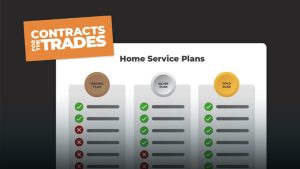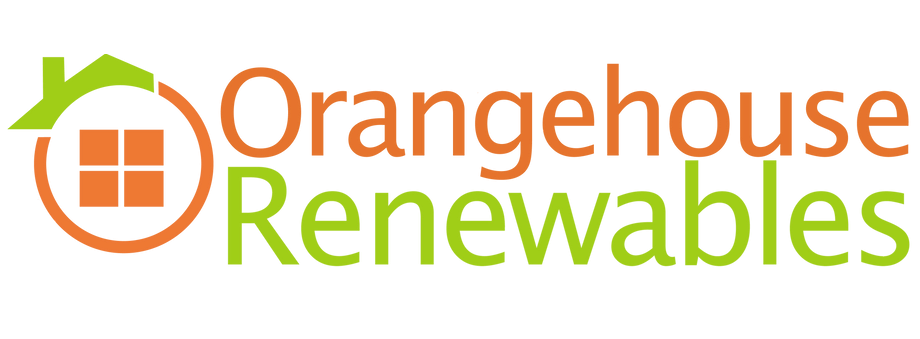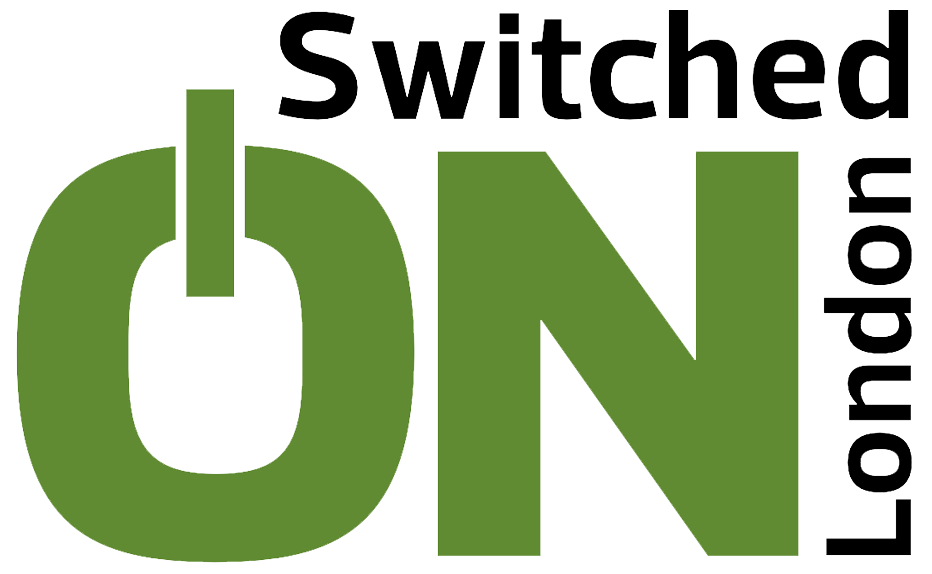5 Key Features to Look For in Your Fire Protection Field Service Software
October 26, 2022 | Read: 10 minutes

When searching for a new fire protection field service software, there’s plenty to consider; after all, the software needs to:
- Be user-friendly for the team.
- Assist in maintaining customer satisfaction.
- Help boost overall company profitability.
It can be overwhelming to sort through different systems and know which functionalities to prioritise, but to help you out, we’ve highlighted the key features you should focus on!
Below, you’ll find a list of essential features that every fire protection field service software should include. These features are integral in running your business efficiently. They’ll also transform how you create great experiences for both your customers and employees.

Five features to look out for in your fire protection field service software
Let’s dive in and take a look at five essential features of fire protection service software:
1. A Cloud Based Customer Database
Your customer database is the ultimate resource when working with clients. It should hold all communications, property details, pictures, estimates, and invoices. Every piece of data you need for interactions with your customers should live in your database.
It’s also important that your database is cloud based. That way nothing ever gets misplaced or lost.
Managing records in a spreadsheet or on a system that isn’t easily accessible won’t be sustainable for your growing fire safety business. Whether you want to grow or better cope with increasing demand, it’s not going to be possible to achieve that goal if it takes minutes (or more) to sift through information.
When working with a client, whether in the office or field, it’s essential that previous work orders and communications can be pulled up in seconds.
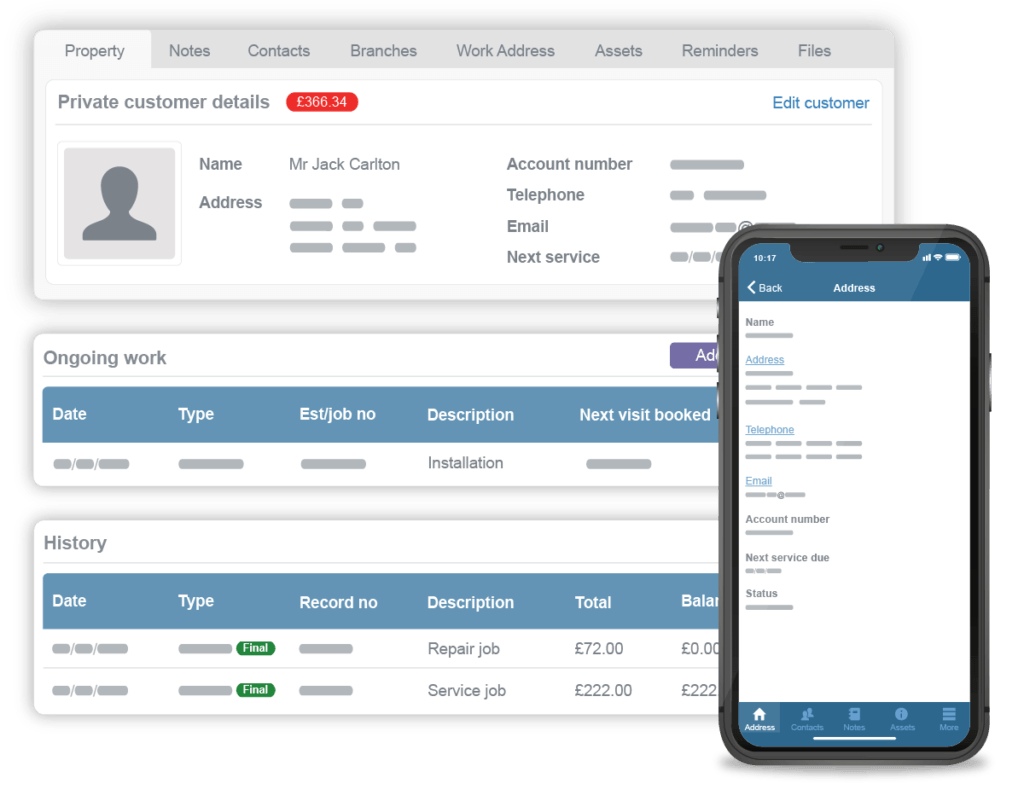
These records should also be searchable by multiple fields—whether that be by name, address, or job number. This capability significantly reduces the time your staff will spend trying to retrieve information. It will create a better experience for the team and your clients, who can be serviced faster as a result.
And while it is important for both the office and field to use the database, it’s equally important to have security levels within the system. The fire and alarm sector holds sensitive information like passcodes to homes and buildings, and the entire team should not be able to see these details when those clients are not being serviced.
To keep your client’s information secure, your customer database software should allow you to assign specific and security preferences to each user on the software.
2. Contract Management With Planned Preventative Maintenance
Contract based work is a major source of revenue for many fire protection companies. Of course, it’s one thing to install fire suppression and protection solutions, but it’s also important to focus on maintenance. This requires a great deal of attention to ensure quality maintenance remains constant.
However, manually going through these agreements to build planned preventative maintenance (PPM) schedules is time consuming. It can derail staff from focusing on other, more essential parts of your business.
Therefore, it’s important your new system can track these agreements with minimal effort.
When working with clients who manage large commercial buildings it can be tedious to plan out weekly and monthly inspections, on top of annual testing schedules.
If your team has to sift through multiple contracts stored in a shared drive or on paper, it’s possible a necessary maintenance appointment may get overlooked.
Not only is this a contract breach that will negatively impact your business relationship with your client, but negligence will endanger people’s lives.
To avoid this costly error, your new system should build your PPM work directly into the schedule. When it’s time for a client to be serviced, the fire protection field service software should be capable of notifying your team, leaving no room for error or any job missed.
Likewise, if an asset is accidentally left off the engineer’s job sheet and they do not test it while on site, it can cause a major safety concern for everyone working within the building.
When evaluating a system for your fire prevention business, make sure it provides you with an asset maintenance software as well. This way, engineers know exactly which alarms and sprinklers to service on each visit, saving time and energy.
3. A Scheduling System With Route Optimisation
Managing a calendar for multiple engineers can eat up a large portion of the office’s time. This is especially true when working in a large service area. As customers call in, the schedule needs to be created not only around engineer’s availability but also their proximity to the job.
It wouldn’t make sense for a engineer to do their first job of the day 15 minutes down the road and the next an hour away. Routes need to be optimised and it’s a time-consuming process.

Shifting around route options on Google Maps to see which will be the most efficient can be laborious; and all that work can be hindered when there’s a sudden call for an emergency alarm going off on the opposite side of town.
However, with the right system in place, these routes can be optimised thanks to intelligent job scheduling software. Here, software automatically be found for you within seconds. By simply entering in the work address, the system should be able to find the most efficient schedules for engineers.
This eliminates up to 90% of the time spent on scheduling and optimising.
Of course, not every job requires the same skillset, and some will need more advanced team members to complete them. It can be difficult to remember offhand who is qualified for which jobs, and if an engineer is sent to perform a service they cannot complete, it’s going to leave a bad impression. Not to mention, your engineer just lost valuable time on the road.
Therefore, having a fire prevention software that lets you preload information like shift patterns and skillsets is imperative when job scheduling problems arise. It will decrease the amount of time technicians spend on the road (actually reducing travel costs by 15%) while ensuring the right person is always sent for the job.
4. Custom Forms Tailored For Any Job
While onsite for fire inspection jobs your engineers will need to fill out safety forms and checklists. If a engineer completes 25 jobs a week, they’re carrying a lot of paperwork from job to job. The chances of something getting lost or misplaced throughout the workday are high. And missing files can lead to all sorts of problems.
It means a lot of calls back and forth between the office and field, taking up time and causing friction between your staff. Even if all the purchase orders make it back at the end of the week, human error can always happen. Maybe a line was skipped or the handwriting is illegible, making it impossible to understand what was done onsite.
If this is the case, a second visit to the location might be needed. This means the office needs to deal with an unhappy customer, while the technician has to redo the job instead of taking on a new one.
That’s why your new fire protection field service software should give you the ability to digitise job sheets, personalise them, and get information from the the mandatory fields, too.
This way nothing goes missing, there is no time spent calling back and forth, and there are no unsatisfied clients.
A great job management software will allow you to build your own fire prevention forms and tailor them to the different jobs you do–whether that be commercial, residential, reactive or planned.
An alarm testing job sheet should be different from a sprinkler inspection form, and each template should be customisable.
With this functionality you’ll never have to worry about technicians leaving the job site without completing all required tasks or forgetting to record important information.
This also requires your new system to have a reliable field service engineer app.
Make sure the app syncs off and online so nothing is lost even when there’s no connectivity. This way, once technicians regain connection everything goes directly back to the office.
It removes all the back-and-forth communication while ensuring the administrative team has everything they need to start invoicing.
5. Customised and Automated Invoices
If job sheets only come back to the office at the end of the day, invoicing may be a burden. It shouldn’t be too time-consuming or delayed though. Every hour you wait to send an invoice is adding to the time that you aren’t getting paid.
Finding a fire protection field service software that simplifies and automates the process is crucial in your search. Invoicing should not be a manual or painful undertaking. If your staff are writing invoices one by one, it’s taking up too much time that should be focused elsewhere.
Learn how to write an invoice that gets you paid on time, everytime!
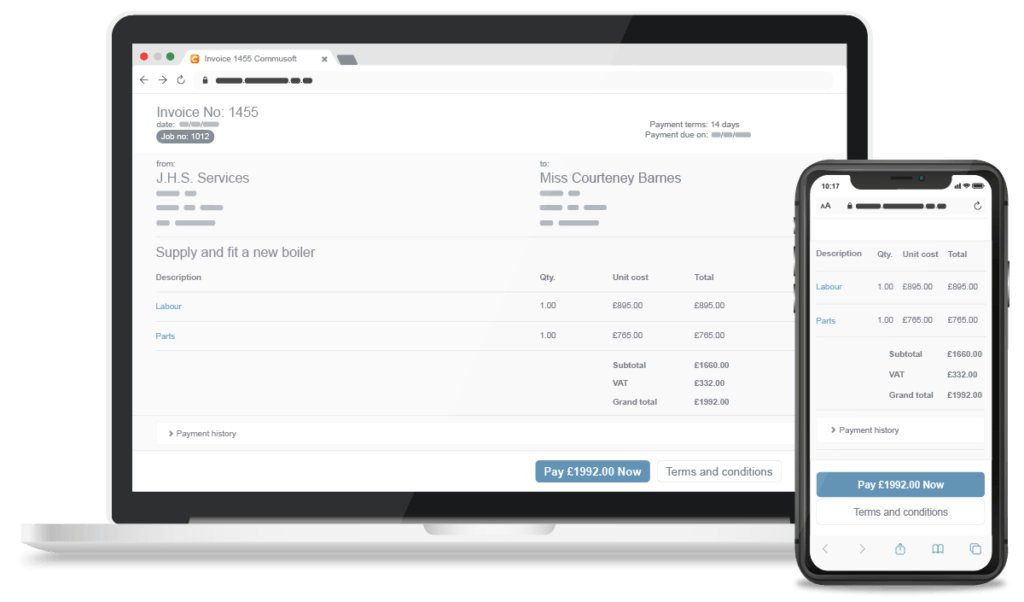
For example, if your engineers are completing 20 jobs a day and it takes the office 10 minutes to invoice for each job, that’s three hours spent on invoicing a day.
This adds up to 15 hours a week.
That’s essentially two entire workdays dedicated to invoicing!
With the right job management software, that number could drop to 2 hours per week.
Once a work order is completed your new system should send it directly back to the office. The invoice should be immediately raised, and the system should automatically insert information into the template.
Adopting software to assist with invoicing:
If you do weekly inspections for commercial clients, your fire prevention management software should offer flexibility on how you invoice for fire protection jobs.
In some cases, sending the invoice directly after each job is burdensome to your customer. It can be too much for them to keep track and they may end up missing one.
This means a delay in your payment for the job.
To avoid this, start using invoicing software that offers online customer portals.
This option enables customers to receive one invoice that breaks down all the work done for them at the end of every month.
Instead of weekly increments, they can pay off the total in one go. This will help increase your on-time payments, while simultaneously increasing customer satisfaction.
Explore fire protection field service software with Commusoft:
Software is meant to make your life easier, and these five capabilities will reduce your team’s workload while increasing profits.
A strong customer database improves customer satisfaction, and happy customers become loyal ones to your business. Likewise, having an easy way to manage their contracts is key to maintaining good client relationships.
It’s equally important that your new fire protection field service software reduces the number of tedious tasks for your team. Free up hours of their day with a strong scheduling system that automatically finds the most efficient routes!
Plus, if you use custom forms, you can ensure nothing is ever missed on the job. This will help save time on invoicing as well, which your fire service software should make easy and flexible.
If you’re ready to start your evaluation, Commusoft is a great option. It offers all the key features you’ll need in your new fire protection software as well as other beneficial capabilities like stock control, service level agreements, and in-depth reporting.
Discover how Field Service Management Software can streamline your business





